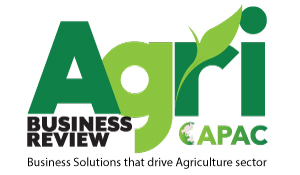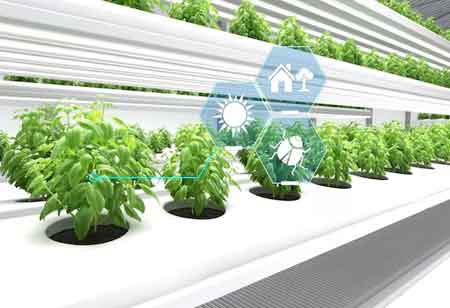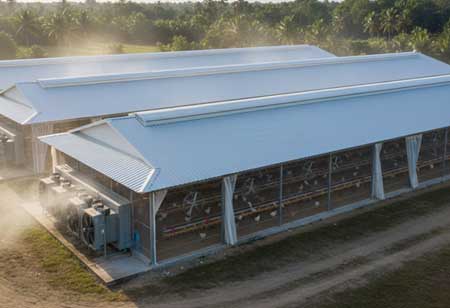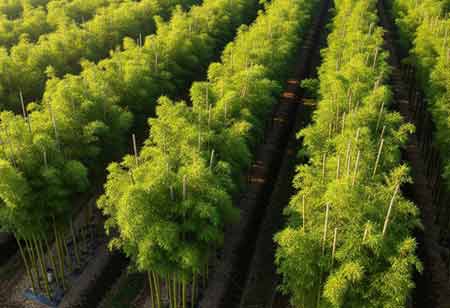Thank you for Subscribing to Agri Business Review Weekly Brief
Genetic Solutions for Sustainable Farming: The Future of Seed Technology
Innovative seed technology is essential for sustainable agriculture, which tackles climate change, resource scarcity, and food security through genetic enhancements, precision breeding, and microbial treatments.

By
Agri Business Review | Wednesday, April 16, 2025
Stay ahead of the industry with exclusive feature stories on the top companies, expert insights and the latest news delivered straight to your inbox. Subscribe today.
Fremont, CA: The increasing global population and climate changes put enormous strain on agriculture to increase food production, preserve natural resources, and reduce environmental harm. Innovative seed technologies are prominent in advancing sustainable agriculture, offering solutions that enhance yields, improve resilience, and optimize land and water use. The improvements are navigated by genetic innovations, preciseness breeding, and seed treatments designed to help grow crops that thrive under challenging conditions, promoting more sustainable food production.
Seed technology is advancing by developing genetically enhanced seeds that are more resilient to drought, pests, and diseases. These seeds enable farmers to attain reliable yields in unpredictable weather conditions, thus addressing traditional crop vulnerabilities. CRISPR enables precise gene editing that enhances traits like drought tolerance, pest resistance, and nutrient efficiency without altering other plant characteristics. Such precision reduces the agricultural footprints on the environment. It eliminates toxic inputs through chemical residues such as pesticides and synthetic herbicides. Hybridization, sometimes called the science of seed technology, creates offspring of two distinct kinds of plants by joining both to yield better qualities, such as yielding more, tasting finer, or staying fresh longer.
This has significantly raised production yields from agriculture worldwide, meaning people can produce more within much smaller land areas. The other advantage of hybrid seeds is that they can thrive within specific regions. It mainly benefits smallholder farmers, especially in developing countries. Hybrid crops will give farmers more stable and rewarding harvests while significantly improving food security and the local economies. This advancement in sustainable agriculture includes seed coatings and treatments. This protects the seed at germination and seedling development. The compound might be natural or synthetic, inhibiting pests, encouraging root growth, or increasing nutrient uptake. The coating could be microbial; it may comprise beneficial bacteria or fungi that improve soil fertility and facilitate access to essential nutrients.
All these treatments reduce the use of chemical pesticides and fertilizers that may ruin soil health and water quality. Precision agriculture, combined with advanced seed technology, makes for a sustainable form of farming. The farmers are informed about the best seed varieties, the perfect time to plant, and how to grow them, thanks to data-driven insights on soil sensors, satellite images, and climate forecasts. Resource waste is minimized while raising resilience, especially for the resource-scarce areas. Overuse of water and fertilizers- the essential elements of sustainability- can also be avoided.
Seed banks and genetic preservation are the keys to future agricultural sustainability. They preserve seeds from wild plant species and traditional crops, providing genetic traits for future breeding. The more genetic variation allowed, the better crop development can survive new challenges like pests, disease, or climatic changes. Therefore, genetic diversity is essential to long-term food security and agricultural sustainability since a robust seed variety adapts to changing conditions and ensures long-term food security.





